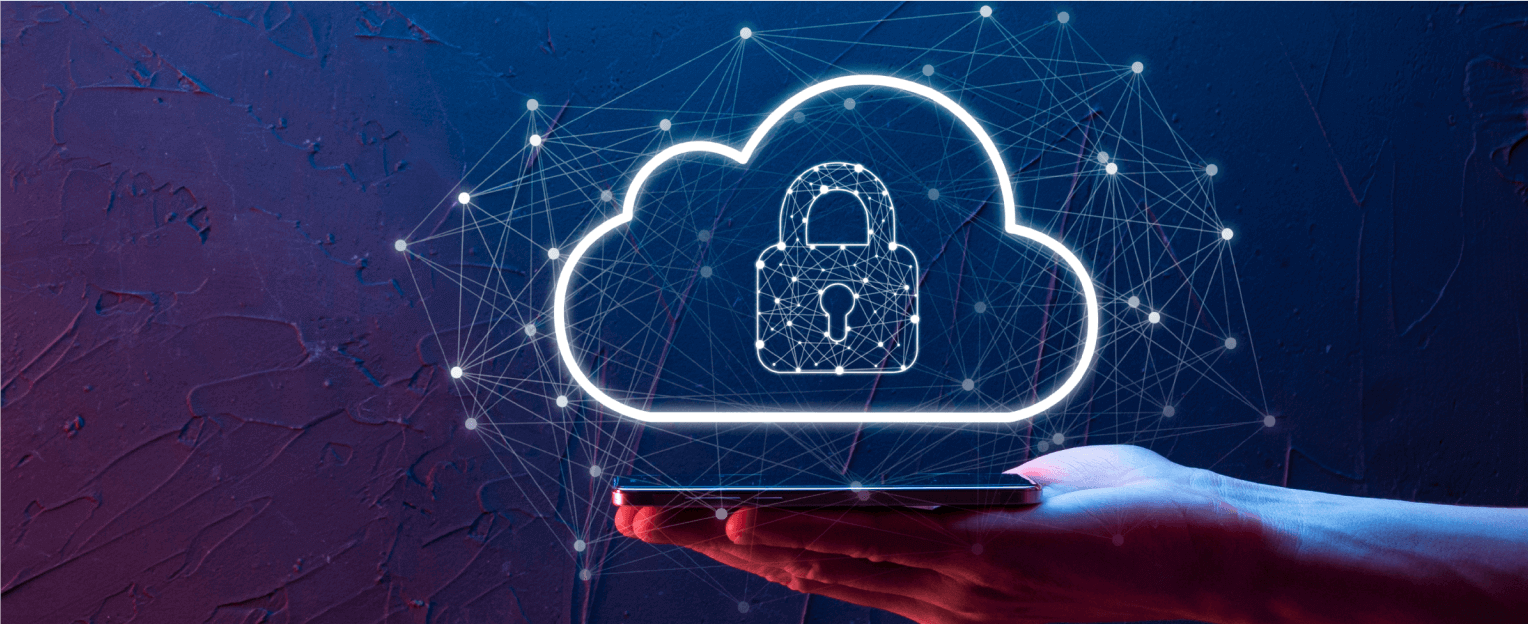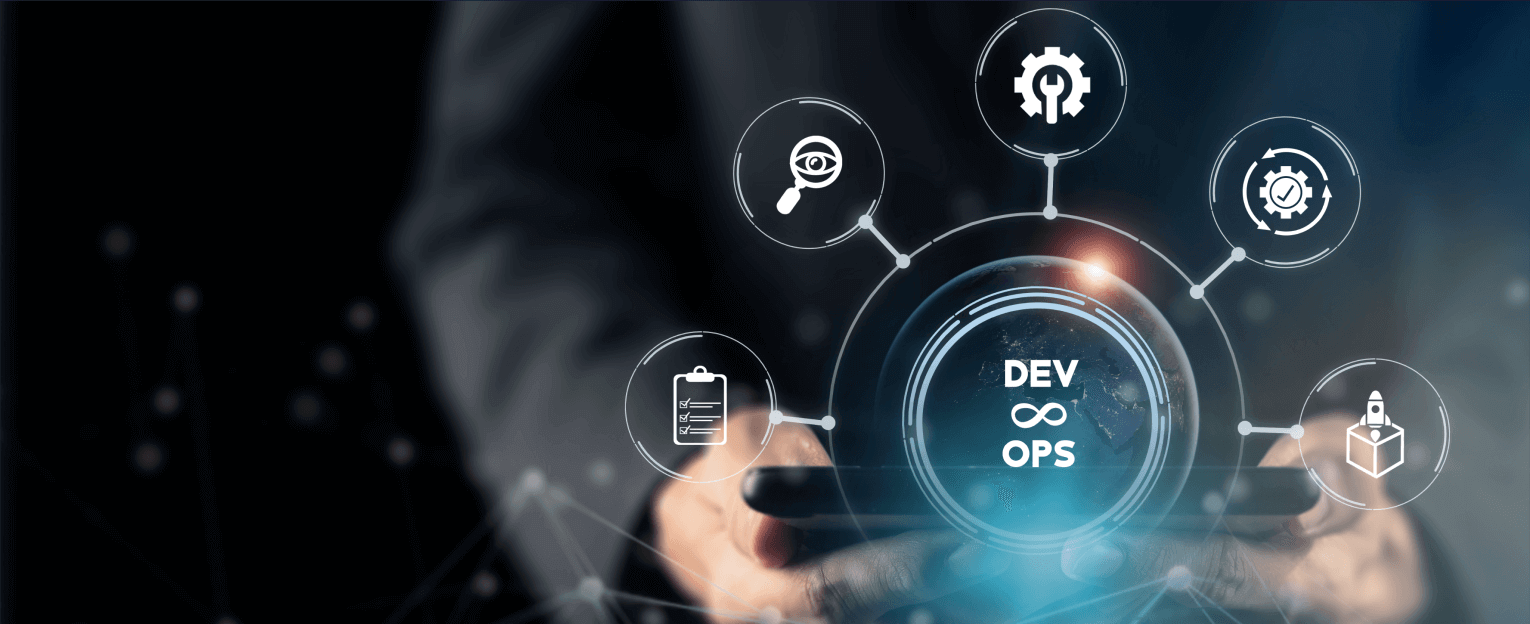Today, each business successfully implements cloud technologies that bring in a new age of operations with no scaling limits, flexible adaptation, and minimal cost.
Cloud migration security covers the security procedures and practices that ensure confidential information safely travels from local on-premises setups to cloud-based platforms.
As more enterprises choose the cloud as a prime destination for their applications/data/IT plans, cloud migration will undoubtedly become a critical strategic proposition.
On the other hand, even as the undeniable advantages of cloud adoption are apparent to business organizations of every size and industry, protecting data and applications is a paramount issue.
Although the accessibility and scalability of such transition are unmatched worldwide, attendant risks involved in managing confidentiality, integrity, and availability of critical data assets must be maintained through proper management.
Cloud technology, which multiple companies have already adopted to drive innovation and growth, is not a new territory that can be left unexplored.
However, security problems accompanying the migration process must be studied and solved to build trust, compliance, and resilience in the digital world.
This blog will discuss everything about cloud migration data security that must be considered when migrating to the cloud. We will then break down the primary security considerations for cloud migration, the best practices, and the latest trends shaping data protection during cloud migration.
The Cloud Shared Responsibility Model
The Cloud Shared Responsibility Model clarifies who manages and secures different parts of a company’s cloud infrastructure.
Cloud providers assume many roles, including addressing cloud migration security issues like server management and physical security. Conversely, customers have many responsibilities, especially concerning data protection and access control.
The nitty-gritty of this model depends on the nature of the cloud service being utilized- whether it is Infrastructure as a Service (IaaS), Platform as a Service (PaaS), or Software as a Service (SaaS). Each model has its handover points where responsibility shifts from provider to customer.
Understanding this model is crucial for organizations migrating to the cloud. Developing a robust and secure cloud migration security strategy is challenging without clearly grasping who is responsible for what.
By knowing their role in the shared responsibility model, organizations can better safeguard their data and infrastructure in the cloud.
Cloud Security Vs. On-Premises Security?
When opting for on-premise to cloud migration one should also keep in mind to compare cloud security to on-premise security, it is necessary to understand the core contrasts between these two methods, which serve as the base layer of physical protection for commercial property.
On-premise security solutions, also called on-prem, are installations at an organization’s building level. This configuration involves installing servers or recorders in the same location as the security systems within the building.
On-premise local devices do the same job of collecting and storing data from different security sources like cameras, impostor checkers, sensors, and detectors. Detectives then use sensors and data monitors to collect and store information on-site.
Instead, different cloud security systems remotely use protected data centers in the cloud. Cloud sensory data centers store sensitive information from the devices for data and processing.
The security personnel can access these data through the internet, either at the site or from wherever they have an internet connection. This can be done using both mobile and static devices from wherever they are.
These are the primary points of distinction between on-premise and cloud security solutions. However, a thorough comparison includes exploring a selection of criteria to decide which solution best fits a particular business.
When companies are responsible for securing data and systems, the most common security is the infrastructure based on the organization’s premises.
On the other hand, with cloud computing’s scalability, more firms have been considering hosting and managing their security systems through third-party trusted service providers.
Let’s delve into the key differences between cloud security and on-premises security:
Cloud Security
Hosted Off-Site
Cloud security solutions are hosted in remote data centers that cloud service providers (CSPs) maintain. With cloud-based systems, companies do not need to invest heavily in IT infrastructure or bear additional costs of upkeep, which characterize on-premises solutions.
Scalability
Cloud service providers benefit from the scalability that is inherent in cloud scenarios. Therefore, an organization can increase or decrease its resources anytime based on demand.
One of the main benefits of load balancing for businesses of all kinds that may be experiencing rapid growth and changes in traffic is the ability of servers to handle many users simultaneously.
Accessibility
Cloud security is an approach that can be accessed from any internet location, thus making it one of the prime options for those who wish to work remotely and have secure access to the application’s resources.
Automatic Updates
CSPs are responsible for maintaining and updating security infrastructure, automatically installing the latest security patches and updates. With this, the organizations are protected from new threats without manual interventions.
Shared Responsibility Model
Through the cloud, the CSP and the cloud user will take responsibility for specific security-related tasks. The CSP is responsible for protecting the data center’s security, while the customers are responsible for keeping their data and applications secure within the cloud environment.
On-Premises Security
Physical Control
Companies possess complete material control over their security apparatus, which comprises servers, networking devices, and storage facilities at their premises through on-premises security solutions. This will build confidence in the firms that handle sensitive data.
Customizable On-premises solutions provide high customization and flexibility with security controls. Thus, organizations can easily create policies that suit their unique needs and regulations.
Direct Management
Organizations can directly oversee and execute security procedures, including environmental management, security policy development, and adherence to their precise standards.
Compliance Requirements
On-premises solutions may offer greater control and assurance over data sovereignty and regulatory compliance for organizations operating in highly regulated industries or dealing with strict compliance requirements.
Upfront Costs
Deploying on-premises security solutions typically involves higher upfront costs for hardware, software licenses, and infrastructure setup. Additionally, organizations bear the ongoing maintenance and upgrade expenses for their security infrastructure.

Ensure robust protection for your cloud assets!
Ensure the resilience of your cloud infrastructure against evolving cyber threats through a thorough and proactive security assessment.
Cloud Migration Security Considerations
Before a cloud migration begins, organizations should consider key safety questions about where sensitive data is and ensure the regulations are followed.
By tackling the primary security considerations for cloud migration, organizations can decrease risks associated with the move to the cloud, create a secure and reliable cloud system that can protect sensible data, and ensure that all compliance matters are covered.
Here is a vital cloud migration security checklist to consider:
Regulatory and Compliance Requirements
Define an attuneable cloud migration experience, which, together with applicable compliance regulations (e.g., GDPR, HIPAA, or PCI DSS), will make it stand out.
Establish specific protection techniques and processes, among other things, to meet requirements during and after the migration and evolve in the cloud environment.
Cloud Control Plane Visibility
Ensure the tank of cloud control plane visibility and management on an excellent overseeing of cloud resources.
Installing monitoring tools and techniques to track users’ activities, infrastructure, and system changes will help identify threats and proactively respond to them.
Privileged Access Controls
Utilize stringent and effective privileged access controls to only provide necessary access to those with valid permission to essential cloud resources and data. Combine the dual strategy of RBAC (role-based access control), least privilege, and MFA (multi-factor authentication).
It guarantees that only those with the proper permission levels can access the cloud environment from elevated privileges, decreasing the chances that insider threats will occur and that unauthorized users will steal data.
Automation and APIs
Utilization of automation and APIs (Application Programming Interfaces) to enhance and secure the transition of computation to the cloud.
Develop and configure automated security control to exit at least mandatory security standards and configuration management & deployment procedures.
Utilizing APIs to smoothly integrate security tools and solutions in the cloud environment exposes more threat detection and response capabilities.
Cloud Migration Security Challenges
With firms migrating their infrastructures to the cloud, the need to secure data and applications during transition and throughout the process has increased.
Although cloud migration has numerous benefits, such as scalability, adaptability, and cost-effectiveness, it also has the challenge of security that needs to be addressed before any problems can exist.
One key thing to understand and address is the cloud migration security challenges of protecting sensitive information as it is in the cloud. Below are the critical cloud migration security challenges that organizations encounter during cloud migration:
Deficiency of Abilities and Knowledge
Because cloud migration and security issues are typically complex and require knowledge of the cloud technology and security standards, it’s essential to rely on experts when addressing them.
Companies may find it hard to find talented individuals with enough expertise to structure robust security procedures to mitigate threats arising from possible vulnerabilities.
Data Exposure
During migration, sensitive data becomes vulnerable to abuse and disclosure, and cloud migration security issues might emerge as breaches and compliance violations.
The organization must adopt encryption, access controls, and a series of robust data protection mechanisms to protect the security of sensitive information from the beginning to the end of the migration stage.
Lack of Visibility and Monitoring
Insufficient discovery and oversights in the order of the cloud environment entailed the security bundles illegal access and face attack.
In the new world of cloud security, organizations must deploy robust monitoring programs and security measures to monitor the activities in the cloud infrastructure, applications, and user levels in real-time, enabling quick threat detection and response.
Poor IAM
A low or no level of IAM policy implementation and enforcement inevitably leads to unauthorized access to cloud infrastructure and institutions’ data stored in the cloud.
Adopting strict IAM policies, MFA variations, and zero-privilege guidelines are vital in guarding against unauthorized access and developing an all-around security posture.
Misconfigured Control Plane Settings
Configuration errors, such as misprovisioning the control plane levels, e.g., security groups, network access control settings, encryption, etc., may impair safety and leave enterprises exposed to security risks.
An in-depth security assessment and audit are needed to identify and fix unnecessary configuration issues that may make the cloud environment unsafe.
How to Overcome Cloud Migration Security Risks
While integrating cloud computing into business activity is gaining momentum, strong security measures are paramount during the cloud migration.
Nevertheless, cloud hosting addresses benefits such as scalability and cost-effectiveness, though it poses some cloud migration security risks that must be addressed.
Courtesy of cloud computing services, companies can optimize the operation flow and introduce cutting-edge technologies with the help of cloud migration.
While it does this in two ways, it brings new security challenges that must be solved to prevent the data and applications from becoming vulnerable.
The strategies mentioned below will help organizations prevent cloud migration security threats, keeping their environment secure and compliant with regulations.
The core requirements here are continuous, active security actions that maximize the cloud’s potential while preventing cloud migration security risks.
Let’s discuss five strategies for dealing with cloud security migration threats and securing sensitive data and apps.
Establish a Set of Security Standards
Setting forth a congruent architecture of security norms and practices is the first step toward security risk mitigation when a company migrates to the cloud.
This should be specified, and it will explain the ways for data encryption, permissions, network and access safety, and compliance rules.
Policies that outliner cloud security network protection can bring harmony to a company’s cloud environment and decrease the probability of misconfiguration or oversight.
Create a Dedicated IAM Function
Identity and Access Management (IAM) is vital to cloud security. To improve security while moving, entities can be created by having a dedicated IAM role responsible for managing user identities, permissions, and access.
Such a team can use the principle of least privilege, regularly check access rights, and control users’ activity to prevent unauthorized access or data breaches.
Require Multifactor Authentication for All Administrative Access
MFA (multifactor authentication) requires more than one verified form of authentication before gaining access to cloud platforms, assuming an additional layer of security.
Organizations must set MFA during the migration for all administrative access to cloud accounts or services.
Adopting an MFA with multi-factor authentication, enterprises can sharply reduce the number of stolen credentials or clicks via phishing attacks that lead to unwillful access.
Enable Cloud-Wide Logging
Security strategies in the cloud require continuous monitoring and logging to inform about threats and cause appropriate measures to be taken.
Organizations should implement such an approach so exhaustive information on user activities, system events, and network traffic can be received in the cloud.
By aggregating logs from different cloud services and apps, organizations can gain visibility into possible security incidents and react proactively to identify suspicious ones or ones with unauthorized access.
Invest in a Cloud Security Posture Management Service
The Cloud Security Posture Management (CSPM) services are based on automation and contain built-in tools and capabilities to continuously monitor, assess, and remediate threats on the cloud platforms used by organizations.
By integrating CSPM’s capabilities into their companies, organizations can constantly assess their cloud infrastructure for compliance with standard security procedures and current laws.
CSPM tools can also assist in detecting mistakes, vulnerabilities, and policy violations and offer a preemptive stance when organizations increase their cloud security posture.

Shield your data in motion and at rest!
Safeguard your data integrity with end-to-end encryption, protecting it during transmission and storage.
Conclusion
Cloud migration security is not easy, but it involves a proactive approach capable of addressing all the aspects contributing to moving to the cloud.
The Cloud is a central platform used to catalyze innovation and spur growth for organizations, so the safe migration of secure data and applications is a key priority.
Organizations can overcome the security risks associated with cloud security migration by understanding and following regulatory and compliance requirements, ensuring visibility and access control over the cloud control plane, implementing solid privileged access controls, using automation and APIs, and investing in cloud security posture management services.
Cloud migration provides scalability, flexibility, and cost-effectiveness but also brings security challenges that must be guarded meticulously.
Organizations must ensure their cloud environment is secure and compliant while supporting their business objectives by employing a solid security strategy and adopting proactive risk management approaches.
In today’s digital world, with data more valuable than ever and increasingly rigorous regulatory frameworks, securing cloud migration is a high priority for ensuring trust, compliance, and adaptability to a cyberattack environment.
After thoughtful planning, vital security steps, and active monitoring and optimization, organizations can complete their journey to the cloud while ensuring the safety of their most valuable assets.














